Can I Continue to Drive With Bad Solenoid Block Transmission
Does your transmission have strange problems with shifting and unexpected error messages on the dashboard?
The shift solenoid is a part that can cause a lot of strange problems with your automatic transmission if one is faulty.
Replacing a shift solenoid is often costly, so you want to make sure that you do not replace a functional shift solenoid.
In this guide, you will find the common symptoms, location, replacement cost, and how to diagnose it. Let's take a quick look at the signs you should look for.
7 Bad Shift Solenoid Symptoms
The most common symptom of a bad shift solenoid is shifting issues with your automatic transmission. You may also notice a check engine light or a transmission warning light on your dashboard.
The main symptoms of a bad or failing shift solenoid include:
- Check Engine Light
- Transmission Warning Light
- Shifting delays
- Skipping gears
- Stuck in gear
- Downshift or Upshift Issues
- Limp mode
This is a quick look at the signs that can appear when you have problems with a faulty shift solenoid. Here is a more detailed list of the most common symptoms of a bad transmission shift solenoid:
Check Engine light
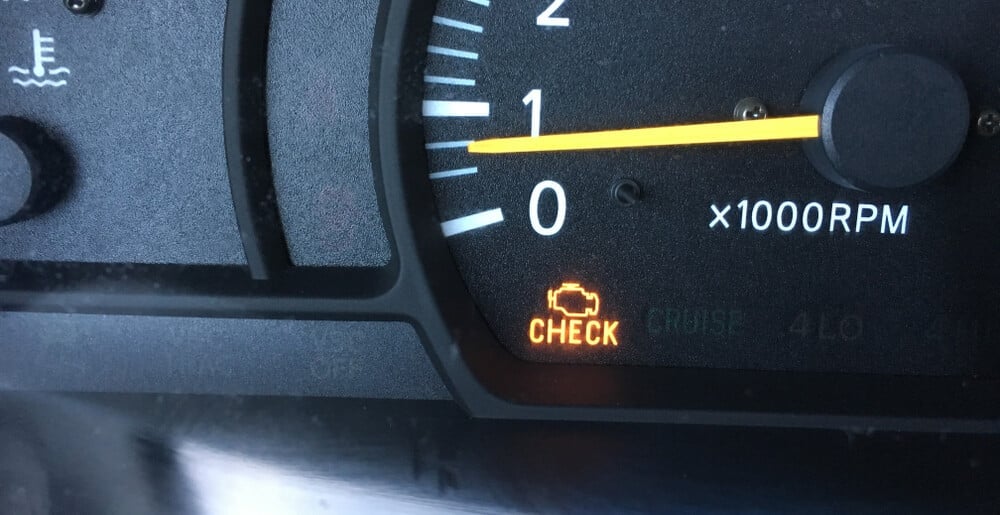
The first sign you will notice of all bad shift solenoid symptoms is probably the check engine light. The check engine light will light up even when there is a problem with the transmission.
Mostly it lightens up, and you will see a P0700 Trouble code. This code basically tells you that there is a problem with the transmission control, and more trouble codes will be found in the transmission control module.
Transmission Warning Light
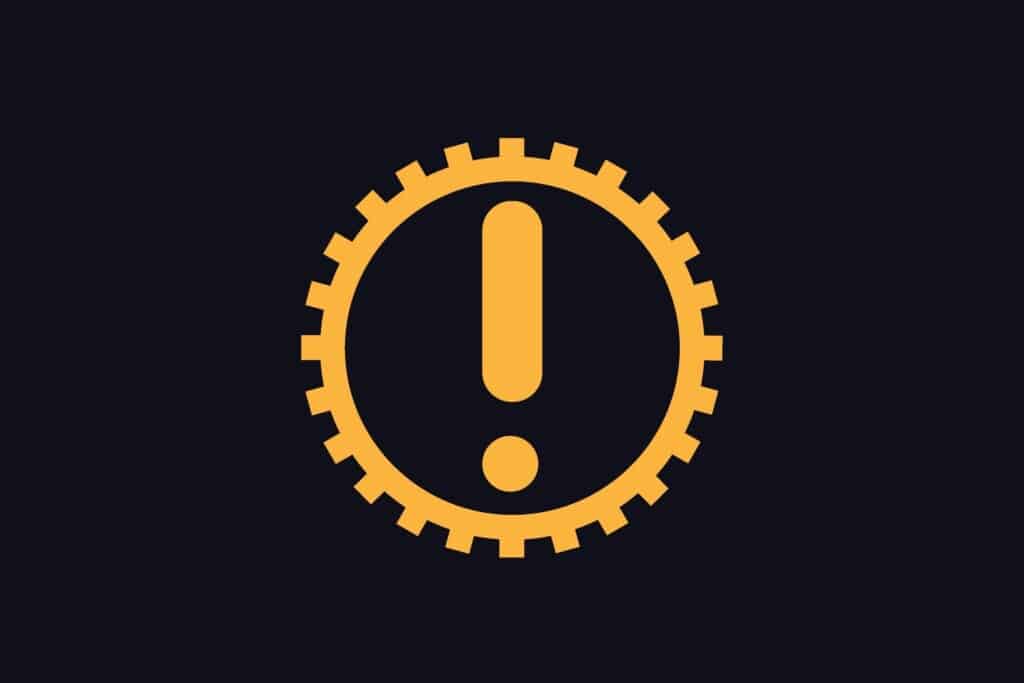
Some cars do also have a separate transmission warning light. If this light is on, it might be a stored trouble code related to a bad transmission shift solenoid.
To read the trouble codes from the transmission control module, you need an OBD2 scanner to read generic and enhanced trouble codes. Most cheaper ones can only read the codes from the engine control module.
Shifting delays
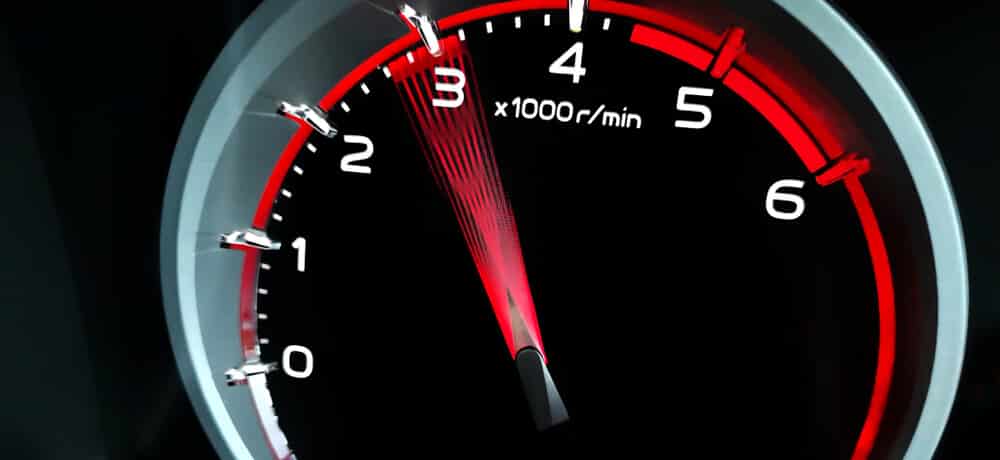
If the transmission control unit recognizes any shift solenoid problems, it may cause the transmission to shift very slowly. This applies to both upshifting and downshifting.
Skipping gears
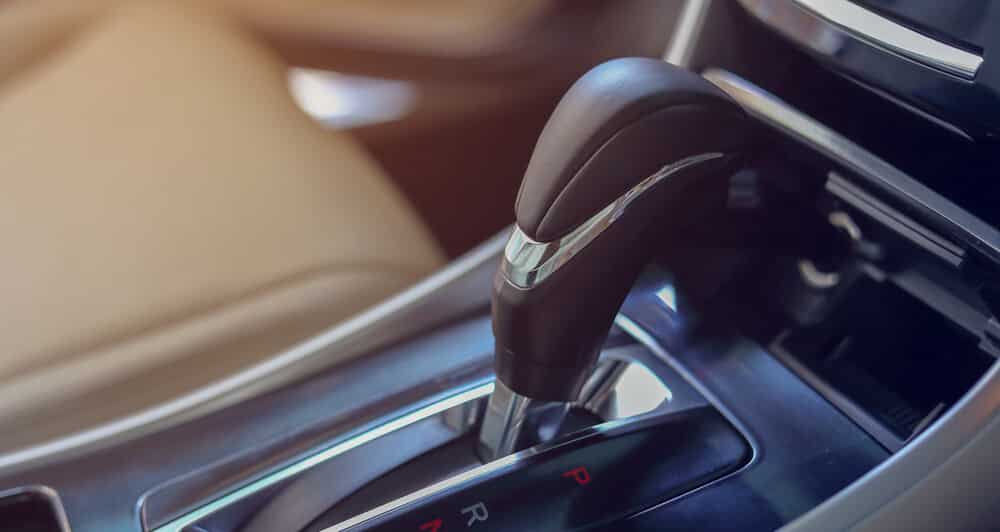
You may also notice that your car may have a problem engaging some gears, and therefore it will skip to the next gear. This is a big sign that you have transmission shift solenoid problems because you have one or more shift solenoid for each gear, and if one is broken, it will not shift to that gear – instead, jump to the next gear directly.
Stuck in gear
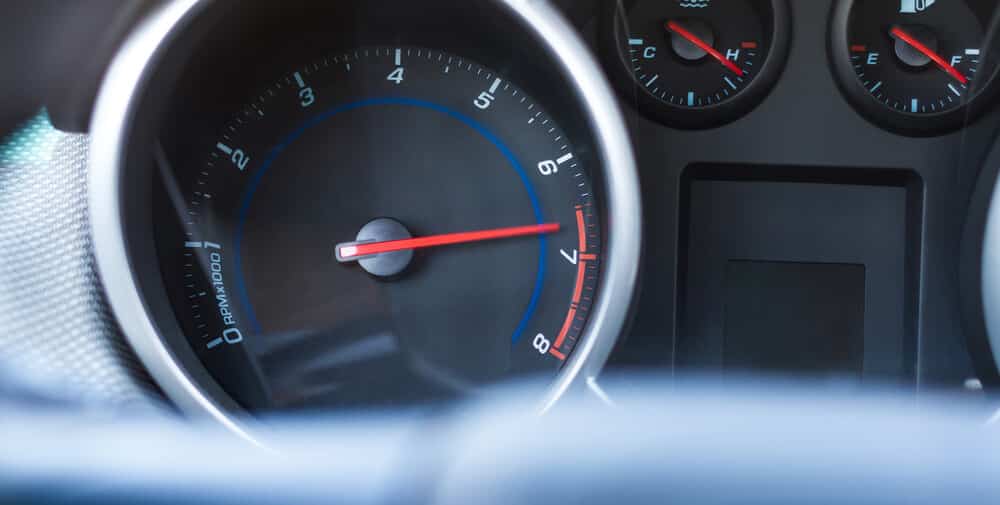
If the shift solenoid got damaged while the gear was engaged, it might cause the transmission to be stuck in that gear. If this is the case, you can either try to give the shift solenoid external power to release the gear if you know how to do it.
Downshift or Upshift Issues

You may also have intermittent problems with the transmission shift solenoid, which will cause shifting problems. This can cause hard shifting or shiftings at too low or too high RPM, for example.
Limp mode
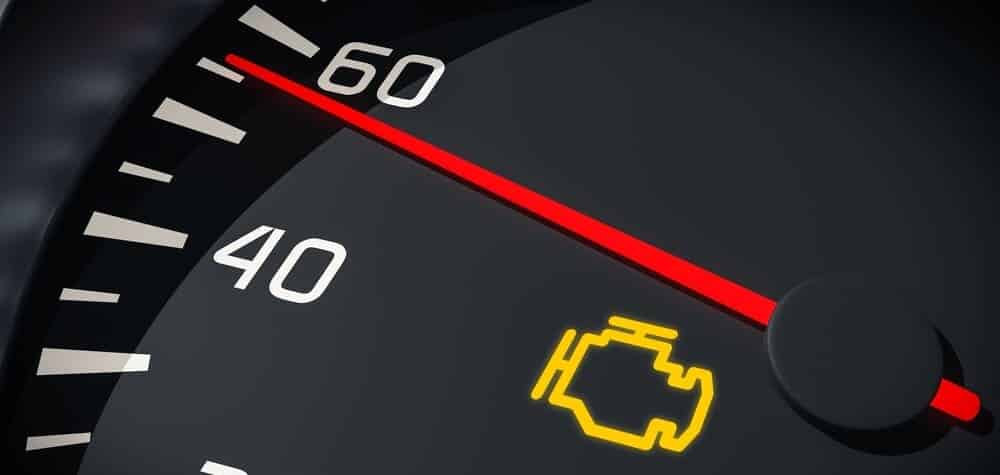
Limp mode is a protection function for your engine, and you will notice it mostly because your engine will get an RPM limit of 2500-3000 RPM, and it may also affect your transmission shifting.
Mostly limp mode causes the transmission to not shift over gear 3, and if there is a bad shift solenoid, it may cause limp mode of your car. You can read more about it here: Limp mode.
Transmission Shift Solenoid Function
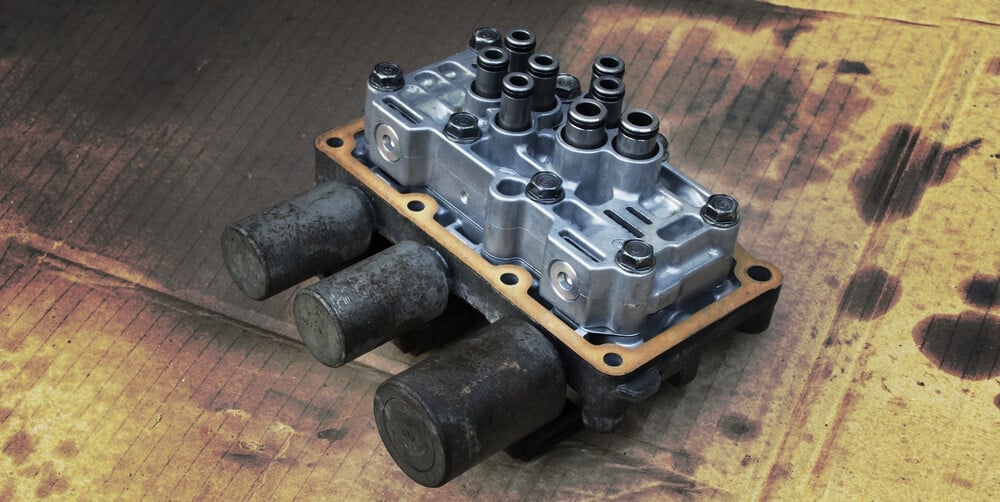
The transmission shift solenoid's job is just like it sounds – it basically shifts the gears for you. The transmission control unit is collecting information from the engine, vehicle speed sensors, and other sensors. The transmission control module uses all these parameters to calculate when it's time to shift to the next gear.
When it's time to shift, the transmission control unit sends out power or ground to the required shift solenoid, and it causes the solenoid to open and let the transmission oil flow into the valve body, which then shifts to the next gear.
Transmission Shift Solenoid Location
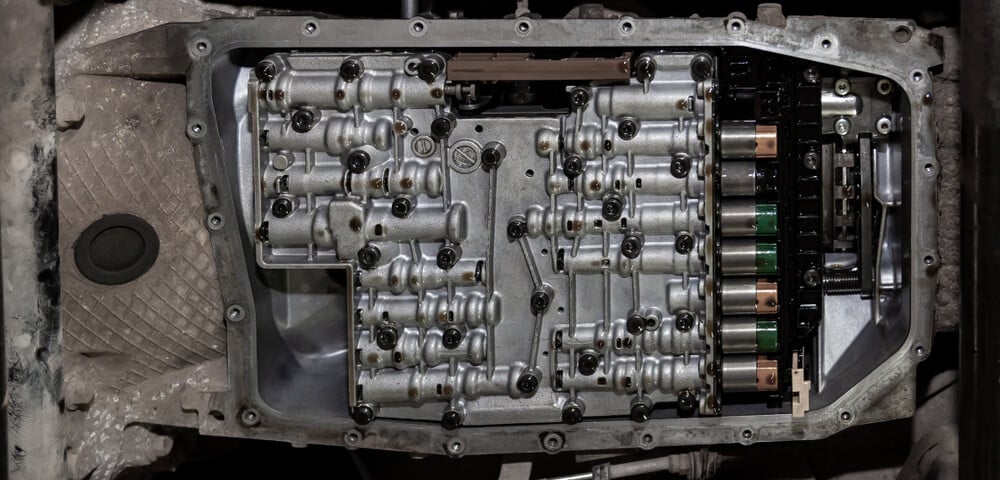
The Transmission shift solenoids are located inside the valve body of your automatic transmission.
They are integrated into the valve body, and on some car models, you can see them without removing the valve body, while on others, you have to remove the valve body to reach them.
In the picture above, you see the shift solenoids located on the valve body. The shift solenoids are the tubes with yellow, green, and black colors.
Transmission Shift Solenoid Replacement Cost
A single shift solenoid's replacement cost is between $100 and $350 and a shift solenoid pack costs between $400 and $700, including transmission fluid, filter, parts, and labor work.
The replacement cost of a shift solenoid replacement depends a lot on what car model and transmission model you have.
As I mentioned before, in some cars, you can't replace just one solenoid. You have to replace the whole solenoid pack, or in some cars, even the whole valve body, which is often very expensive.
When you replace a shift solenoid, valve body, or solenoid pack, you should always replace the transmission fluid and filter.
These are the prices, including parts and labor costs. The prices do not include diagnosis and fluid replacement costs.
- Single shift solenoid replacement cost: $50 – 150$
- Shift solenoid pack replacement cost: $300 – 600$
- Valve body replacement cost: $500 to $1000
The price is also affected a lot depending on what parts and transmission fluid you are using. Aftermarket parts are often cheaper than original parts but often not of the same quality.
How to Diagnose a Shift Solenoid Problem?
First, we have to figure out if it's a wiring, shift solenoid, TCM, or mechanical problem. To do so, you should read and research the trouble codes carefully to understand the problem before starting the troubleshooting.
If the trouble code tells us that it's stuck or an electrical problem, it is most likely a wiring or shift solenoid problem.
Many shift solenoid-related codes can be solved by doing a transmission fluid replacement or carrying out a transmission flush. A transmission fluid change is often not that expensive and worth doing.
Using a diagnostic scanner is a must when it comes to shift solenoid related problems.
Here is a list of how you can carry out the troubleshooting with a scanner:
- Find a transmission wiring diagram for your transmission.
- Find out which pins are going to the affected shift solenoid.
- Loosen the transmission wiring plug on the transmission
- Use the OBD2 scanner and start the output test of the affected shift solenoid.
- Measure with a multimeter to see whether you get both 12 volts and ground to the shift solenoid at the plug on the transmission on the affected pin.
If you do not get both 12 volts and ground – you may have a wiring problem or a faulty TCM ( transmission control unit ).
If you get 12 volts and ground and the shift solenoid trouble code keeps coming back after you have erased it, you probably have a faulty shift solenoid.
Common Shift Solenoid Trouble Codes
- P0750 – Shift Solenoid A
- P0752 – Shift Solenoid A – Stuck Solenoid @ ON
- P0753 – Transmission 3-4 Shift Solenoid – Relay Circuits
- P0754 – Shift Solenoid A – Intermittent fault
- P0755 – Shift Solenoid B
- P0756 – AW4 Shift Sol B (2-3) – Functional Failure
- P0757 – Shift Solenoid B – Stuck Solenoid @ ON
- P0758 – Shift Solenoid B – Electrical
- P0759 – Shift Solenoid B – Intermittent fault
- P0760 – Shift Solenoid C
- P0761 – Shift Solenoid C – Performance or Stuck Off
- P0762 – Shift Solenoid C – Stuck Solenoid @ ON
- P0763 – Shift Solenoid C – Electrical
- P0764 – Shift Solenoid C – Intermittent fault
- P0765 – Shift Solenoid D
- P0766 – Shift Solenoid D – Performance or Stuck Off
- P0767 – Shift Solenoid D – Stuck Solenoid @ ON
- P0768 – Shift Solenoid D – Electrical
- P0769 – Shift Solenoid D – Interm
- P0770 – Shift Solenoid E
- P0771 – Shift Solenoid E – Performance or Stuck Off
- P0772 – Shift Solenoid E – Stuck Solenoid @ ON
- P0773 – Shift Solenoid E – Electrical
- P0774 – Shift Solenoid E – Intermittent fault
Shift Solenoid FAQs
Can you drive with a faulty shift solenoid?
Although you can probably drive your car with a faulty shift solenoid, it is not recommended. A faulty shift solenoid can cause further damage to your transmission which will be more expensive than repairing the shift solenoid immediately.
Can you replace a shift solenoid yourself?
Whether you can replace a shift solenoid yourself is entirely up to what car model you drive and how much knowledge you have. Some shift solenoids are fairly easy to replace by removing the transmission and valve body, with help of a repair manual. However, it is quite difficult to replace a shift solenoid in most car models and you may need a computer afterward to adjust it.
How do you fix a stuck shift solenoid?
In some cases, you can fix a stuck shift solenoid by changing the transmission oil and filter and doing a transmission fluid flush. Unfortunately in most cases you will need to replace the stuck shift solenoid if a flush doesn't help.
How many shift solenoids are in a transmission?
There are usually 2 to 5 shift solenoids in most automatic transmissions, depending on the make and model of the car. Their primary purpose is to control the flow of hydraulic fluid to the clutch packs in the transmission, which allow for shifts between gears.
Was this article helpful?
Yes No
Source: https://mechanicbase.com/transmission/shift-solenoid/
Post a Comment for "Can I Continue to Drive With Bad Solenoid Block Transmission"